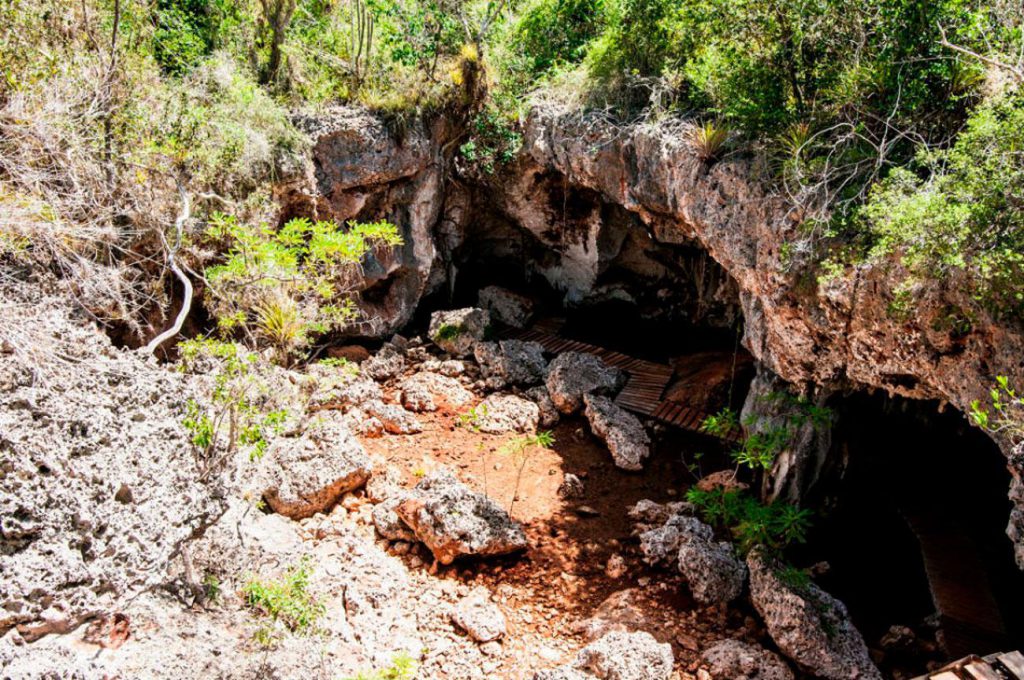Content
From awe-inspiring karst landscapes to lush biodiversity and deep revolutionary history, the Desembarco del Granma National Park (in English: Granma Landing National Park) in Cuba invites you to immerse yourself in an authentic Caribbean adventure. It’s the gateway to a wonderful blend of mighty natural magnificence and the rich Cuban culture, within the backdrop of a historic event that altered the course of the country.
Introduction
Description of Desembarco del Granma National Park
Recognized as a UNESCO World Heritage Site, Desembarco del Granma National Park is a geological and ecological marvel. With its towering sea cliffs, tropical forests, and unique biodiversity, this park stands out for its beauty and scientific value.
Geographical Location and How to Get There
Located in the Granma province, southeast of Cuba at coordinates: 19° 49″ – 19° 57″ N, 77° 18″ – 77° 44″ W, this park is accessible from the city of Niquero. The route includes an exciting mountain road that offers panoramic views of the Caribbean Sea and the karst landscape of the park.
History of the National Park
Historical Significance: The Granma Landing
The park takes its name from the famous Granma yacht landing that brought Fidel Castro and 81 guerrillas to Cuba in 1956, marking the beginning of the Cuban Revolution. This event is commemorated with a monument at the exact site of the landing.
Creation of the National Park
Desembarco del Granma National Park was established in 1986 with the aim of preserving its remarkable landscapes and the rich biodiversity it hosts, being one of the first National Parks of Cuba to be recognized.
UNESCO World Heritage Recognition
The park was declared a UNESCO World Heritage Site on December 1, 1999, in recognition of its exceptional universal value, primarily for its unique marine terraces and endemic biodiversity.
Geological Features
Description of Karst Landscapes
The park is renowned for its exceptional karst landscapes, including notable sea cliffs, sunken valleys, and a cave system. These geological phenomena, formed over millions of years, provide an astonishing natural setting.
The Marine Terraces
The marine terraces are another geological peculiarity of the park. These structures, created by tectonic movements and sea level changes, extend in a series of steps that offer stunning views of the Caribbean Sea.
Cave and Sinkhole System
Desembarco del Granma National Park hosts an intricate system of caves and sinkholes, providing opportunities for underground exploration and the study of its geological formations.
Flora and Fauna
Description of Park Biodiversity
The park is a haven for an impressive variety of flora and fauna, including many endemic species to Cuba. From wild orchids to exotic birds and butterflies, the biological diversity of the park is truly astounding.
Endemic Species and Their Ecological Importance
The park is home to a multitude of endemic species, including the Cuban solenodon and almiqui, both considered living fossils. Preserving these species is essential for maintaining ecosystem balance.
Threats to Biodiversity and Conservation Efforts
Despite its protection as a national park, the biodiversity of Desembarco del Granma faces threats such as deforestation and climate change. However, conservation efforts are underway to protect and preserve this valuable ecosystem.
Tourist Activities
Hiking and Climbing
The park offers excellent opportunities for hiking and climbing, with trails that pass through forests, caves, and cliffs. Exploring the marine terraces is particularly popular.
Caving
With its vast cave system, the park is a favorite destination for caving enthusiasts. Guided tours provide a safe and educational experience in this impressive underground world.
Guided Tours and Ecological Education
Guided tours are an excellent way to learn about the park’s geology, history, and biodiversity. Expert guides can offer valuable insights into the ecosystem and history of this incredible region.
Accommodation and Dining Information in the Surrounding Area
There are a variety of accommodation options around the park, from luxury hotels to local guesthouses. Traditional Cuban cuisine is abundant in nearby restaurants, allowing visitors to immerse themselves in the rich culinary culture of the region.
Local Culture
Nearby Towns and Communities
The towns and communities near the park are bustling with Cuban culture, from music and dance to local crafts. These communities provide an authentic glimpse into life in Cuba.
Cultural and Gastronomic Traditions
Visitors will have the opportunity to discover the cultural and gastronomic traditions of the region, from Cuban son music to delicious dishes like roast pork and tamales.
Interaction and Respect for Local Communities
Respect for local communities is essential. Visitors should remember that they are visiting people’s homes and are encouraged to interact with locals in a respectful and considerate manner.
Practical Information for Visitors
Best Time to Visit and Climate
The climate in the park is tropical year-round, with the dry season from November to April being the most popular for visitors. However, the park is beautiful at any time of the year.
How to Prepare for the Visit (Equipment, Attire, etc.)
It’s advisable to wear comfortable clothing and footwear for hikes, as well as sunscreen and water. A hat and sunglasses can also be helpful for protection from the tropical sun.
Rules and Regulations for Visitors
Visitors must respect the park’s rules, which include not littering, not feeding animals, and staying on marked trails. This helps protect the park for future generations.
Contact and Additional Information
For further information, visitors can get in touch with the park administration or visit their official website.
Desembarco del Granma National Park in the Cuban Context
Comparison with Other National Parks in Cuba
While Cuba boasts several impressive national parks, Desembarco del Granma National Park stands out for its rich revolutionary history, unique geology, and endemic biodiversity.
Importance of the National Park for Tourism in Cuba
As one of Cuba’s major tourist destinations, Desembarco del Granma National Park significantly contributes to attracting visitors due to its exceptional natural beauty and historical relevance as the site of the Granma expedition led by Fidel Castro in 1956.
References
- Unesco Ref. 889: https://whc.unesco.org/es/list/889
- Britannica: Cuban newspaper: https://www.britannica.com/topic/Granma-Cuban-newspaper
- Ramsar: https://www.ramsar.org/es
